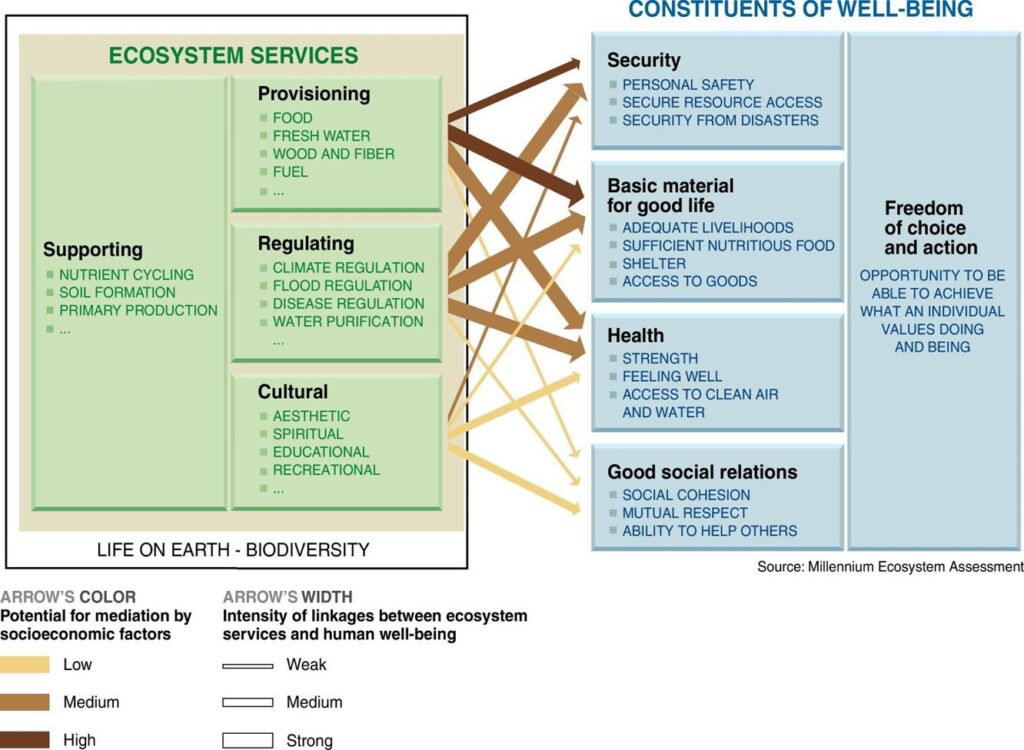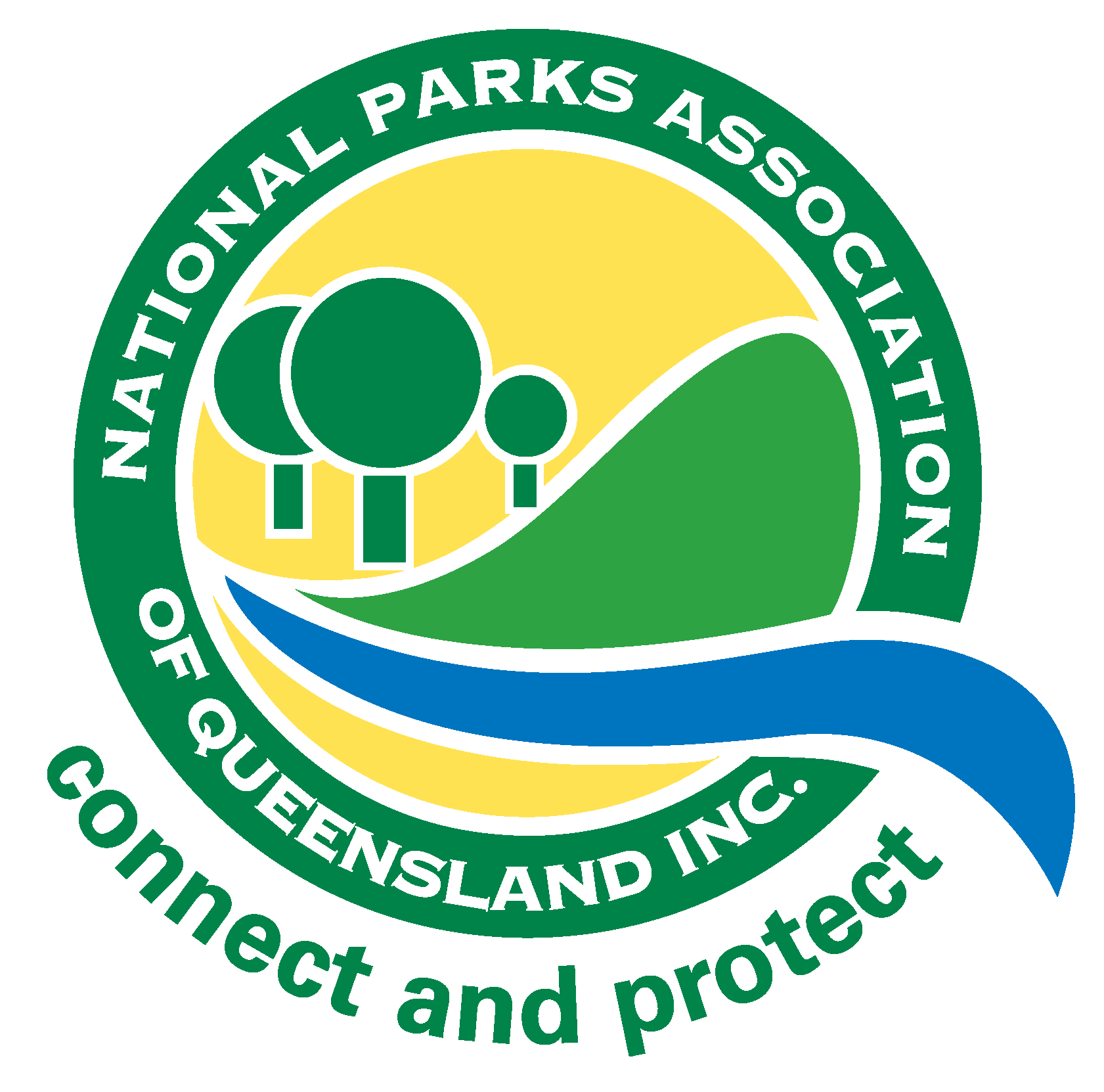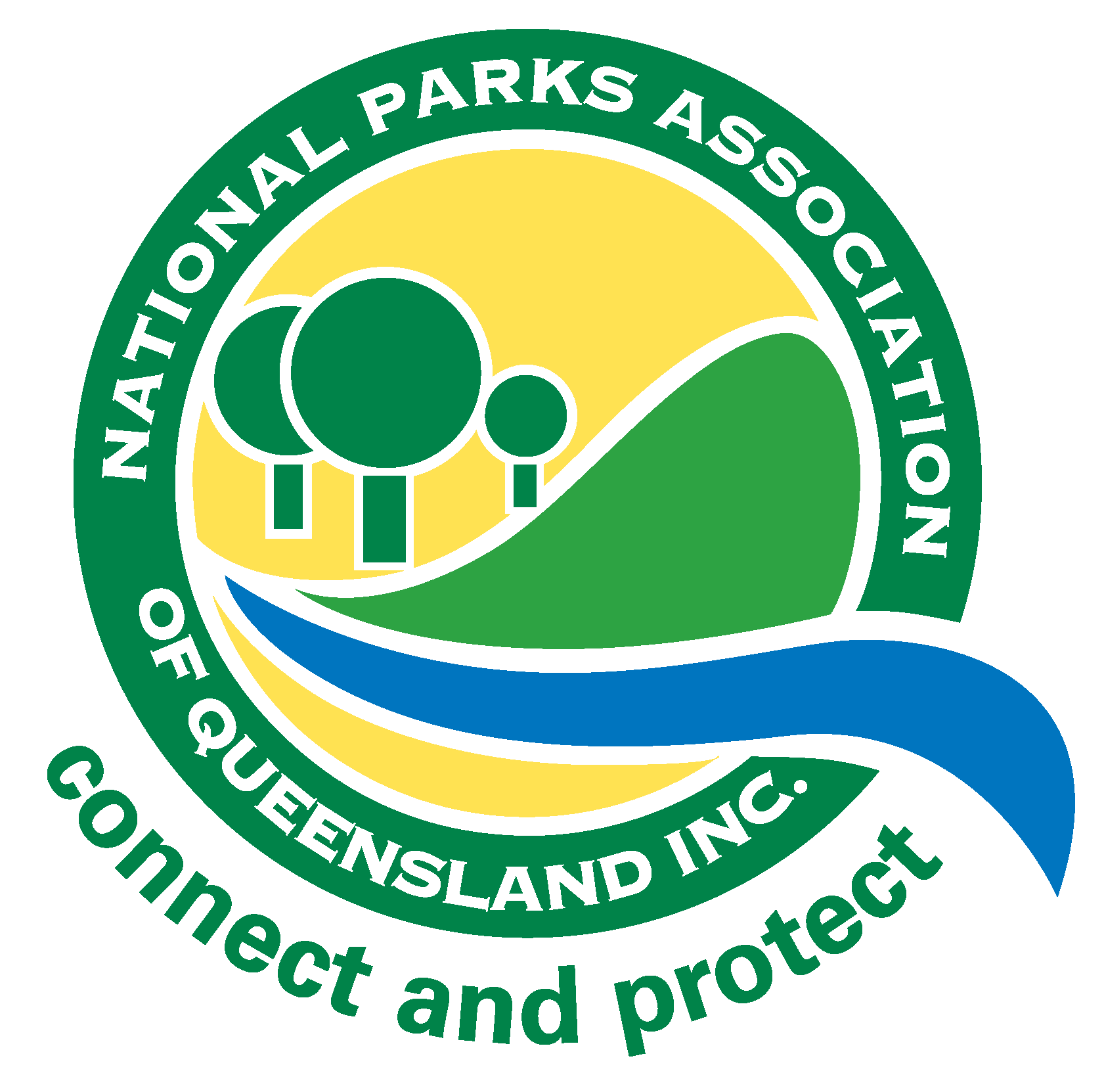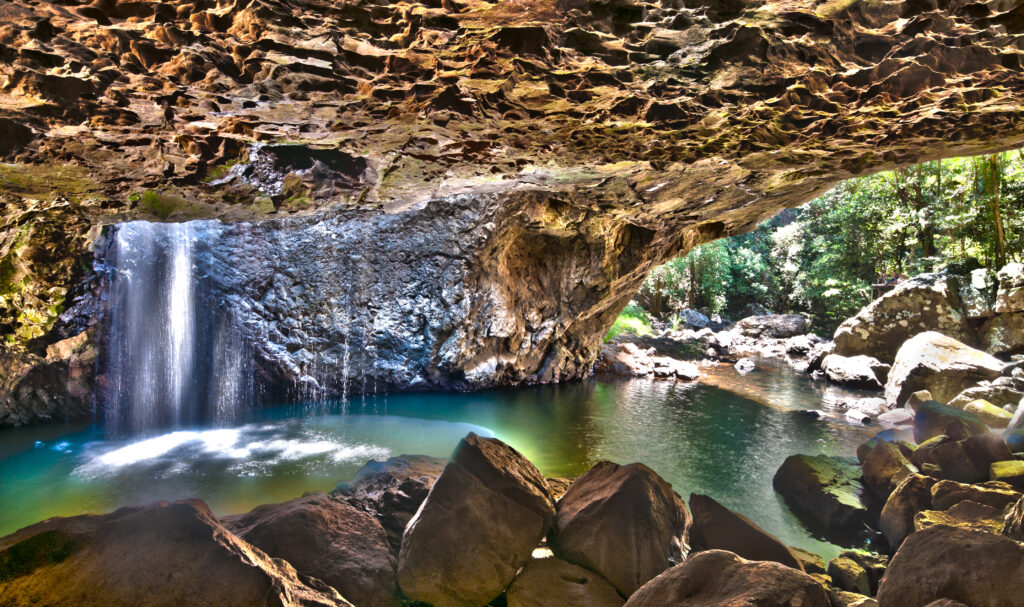Protected Magazine
Protecting National Parks Protects Your Well-Being
Did you know National Parks contribute to your well-being, even if you never visit one? Whether you live in a city or rural area, whether you live locally or internationally, Queensland’s National Parks are supporting your well-being and quality of life.
Ecosystem services can be viewed as a proactive approach to conserving nature and your well-being.
Ecosystem services (ES) is the technical term that ecologists and economists give to the contributions of nature to human well-being. It emerged in the 1970s, and the approach has since been applied at local, regional, national, and global scales. Both internationally and in Australia, ES approaches are applied in protected area management, local government planning schemes, nature conservation strategies, statutory regional plans, conservation payment schemes and business sustainability strategies. The Queensland Department of Environment and Science, for example, apply an ES approach to wetland management through their Whole-of-System Value-Based Framework (DES 2022).
To date, the most famous and influential application of ES is the Millennium Ecosystem Assessment (MA) released in 2005 by the United Nations. With over 1300 experts involved, they conducted a multi-scale assessment of the status and trends of ES provision.
Unfortunately, the MA assessment revealed that around 60%, or 15 out of the 24 ES assessed, are in decline due to human induced pressures (e.g. land clearing). This is undoubtedly a serious concern for us all, as a decline in the quality and availability of ES now, will likely become worse with a growing population.

Figure (above): Linkages between ecosystem services and human well-being (MA 2005).
How are ES derived?
Ecosystem services are derived from ecosystems – this includes the genes, species, ecological processes occurring within and across ecosystems, and mosaic landscapes. Different types of ecosystems (e.g. rainforests, grasslands, wetlands) produce different sets of ES and in different magnitudes. This is because they are structurally different, composed of different species and with different processes occurring within them. The importance of conserving biodiversity cannot be understated, and this is shown in the MA’s diagram by the box encompassing all ES. Often infrastructure (e.g. paths or roads), tools, or human labour are required to access ES and receive a benefit from them. The location of an ecosystem is important, particularly an ecosystem’s proximity to people and human-made infrastructure, as without people (beneficiaries of nature’s contributions to well-being) there are no ES.
What are the different types of ES?
As shown in the MA’s simplified diagram there are generally three types of ES. Provisioning services are tangible products derived from ecosystems such as food, water, and raw materials. Regulating services are intangible processes, such as air and water quality, maintaining our climate, and pest control. Cultural services are also non-material but are more subjective and context dependent, such as recreational opportunities, aesthetic values, iconic species, and cultural heritage. The supporting services are often referred to as ecological processes. They can include soil formation, nitrogen cycling, and pollination.
How does an ES approach differ from a nature conservation approach?
Traditional approaches to nature conservation, such as we use in protected area management, generally focus on conserving rare, endangered, threatened or representative species. This approach is vital to conserving nature for its own sake. In traditional approaches the metrics we use to prioritise areas for protection or investment, or to evaluate and monitor the health of ecosystems, are dominated by ecological measures. Some of these measures include canopy structure, species abundance or diversity, nitrogen levels, leaf litter density, or the number of hollow logs.
An ES approach differs to traditional approaches because it is anthropocentric. Without people, there are no actual ES being received, but the potential still exists. Someone who receives a contribution to their well-being from an ES, hence a benefit, is referred to as a beneficiary. Beneficiaries can be individuals, communities, businesses, and industry. In ES approaches the metrics used to prioritise areas for protection or investment, or to evaluate and monitor the health of ecosystems, are dominated by not just ecological measures, but social and economic also. Some of these measures include number of jobs created, number of people visiting a national park, or health benefits gained.
How do ES contribute to my well-being, even if I never visit a national park?
Queensland’s protected areas system covers a wide range of ecosystems – rainforests, wetlands, eucalypt forests, grasslands. Conserving and protecting these areas is fundamental to the survival of fauna and flora, and the ecological processes that will self-sustain ecosystems into the future. But just as protecting these areas is paramount to nature conservation, they are also critical to conserving the well-being of people now, and for future generations. The MA’s conceptual diagram emphasises how ES positively influence different constituents of our well-being.
People receive benefits from ES in different ways and at different times. It is important we recognise that because people receive and perceive ES and hence benefit differently from them, they also value them differently. Some of these values can be determined in monetary terms, such as ‘food’ derived from ecosystems (e.g. bunya nut). For some people, food is a provisioning service, and they simply receive sustenance from it and physical health is a benefit associated with this. For others, such as for Indigenous people, food can be a cultural service. The growing, harvesting or eating of food can be strongly tied to their cultural identity, customs, and a means of subsistence, providing benefits of social or family cohesion. When ES are valued culturally, it can be extremely difficult or even unethical to put a monetary value on them.
In the year ending in March 2018, Queensland’s national parks attracted 2.6 million day-trip visitors, making recreational use and tourism an important economic driver for the state. It is the ES that attracted them to our parks – the distinctive landscapes, aesthetic values, iconic species (e.g. koalas, cassowary), cultural history, and recreational opportunities that they hold. The direct and indirect beneficiaries of these services include tourism operators, café owners, transportation services, as well the visitors themselves. But the economic contributions of ES derived from national parks is more than just to tourism, they provide pollination and pest reduction services important to agriculture, and fish stocks for fisherman. National parks also provide education, research and innovation opportunities.
The ES derived from Queensland’s national parks extend beyond their boundaries, and whilst they provide benefits to local people, they also do to those in surrounding areas and even globally. National parks provide local people with a sense of place, inspiration and recreational opportunities. But they also sequester and store carbon to mitigate global climate change, provide pharmaceutical and medical resources, and act as natural regional buffers by regulating water flow, preventing soil erosion, reducing flood risk, and maintaining water quality downstream. In addition, national parks also provide habitat and refugia for species that migrate, so their protection contributes to biodiversity and ES conservation beyond park boundaries.
Given the critical role that ES play in supporting human well-being, Queenslanders must proactively maintain and conserve for ES. Threats such as over-utilisation, habitat destruction/deforestation, climate change, and pollution make ES vulnerable to decline and loss. A loss of ES will have negative implications for humanity, including impacts on food security, water accessibility, health, and livelihoods. You can support the conservation of ES by participating in community conservation programs, joining environmental conservation groups, and volunteering for habitat restoration projects. When visiting national parks and other natural places in Queensland, follow ethical and sustainable tourism practices, respect local traditions, abide by park regulations, and minimise your environmental impact. But most importantly, enjoy those ES that are being provided to you!
References:
Department of Environment and Science, Queensland (2022) Whole-of-System, Values-Based Framework, WetlandInfo website, accessed 2 May 2023. Available at: http://wetlandinfo.des.qld.gov.au/wetlands/management/whole-system-values-framework/
MA (Millennium Ecosystem Assessment) (ed), 2005, Millennium Ecosystem Assessment: Ecosystems and Human Well-being – A Framework for Assessment, Island Press, Washington DC
Driml, S. (undated), Queensland National Parks – an economically important tourism resource, Available: https://parks.des.qld.gov.au/__data/assets/pdf_file/0017/214631/uq-report-np-value-to-economy.pdf


